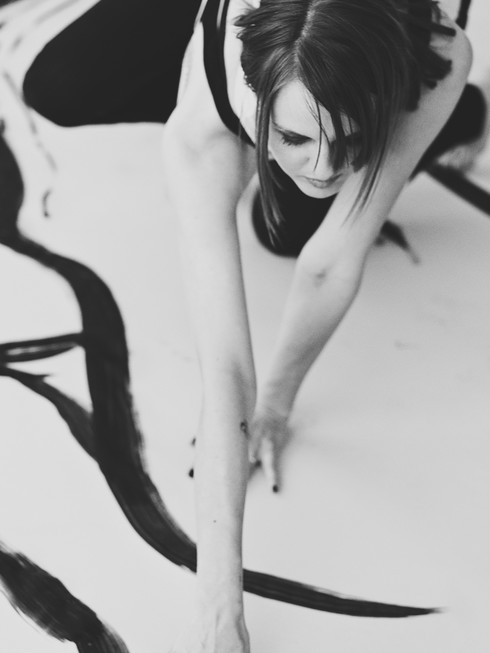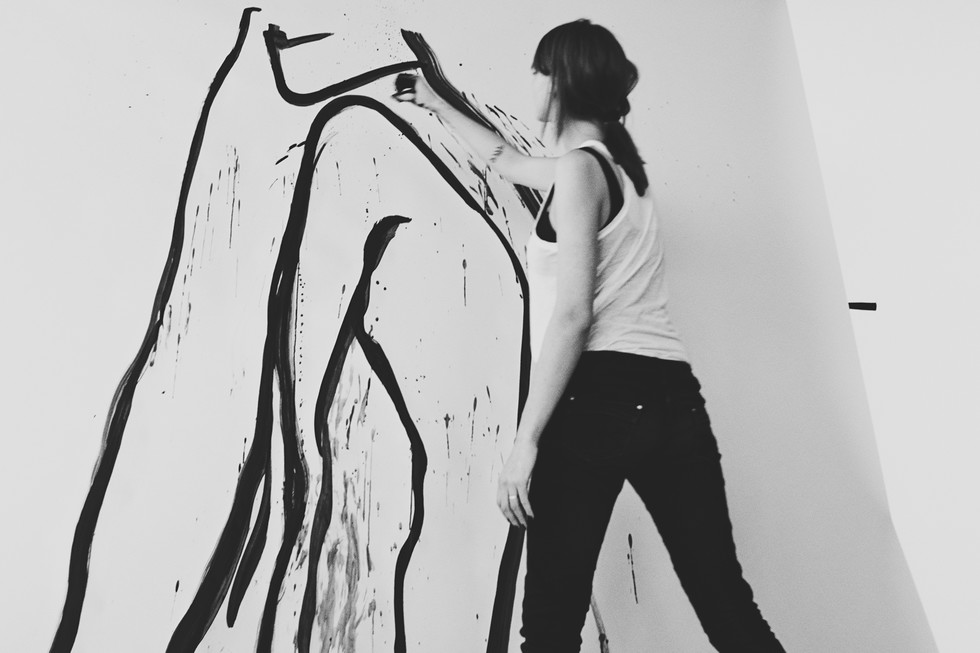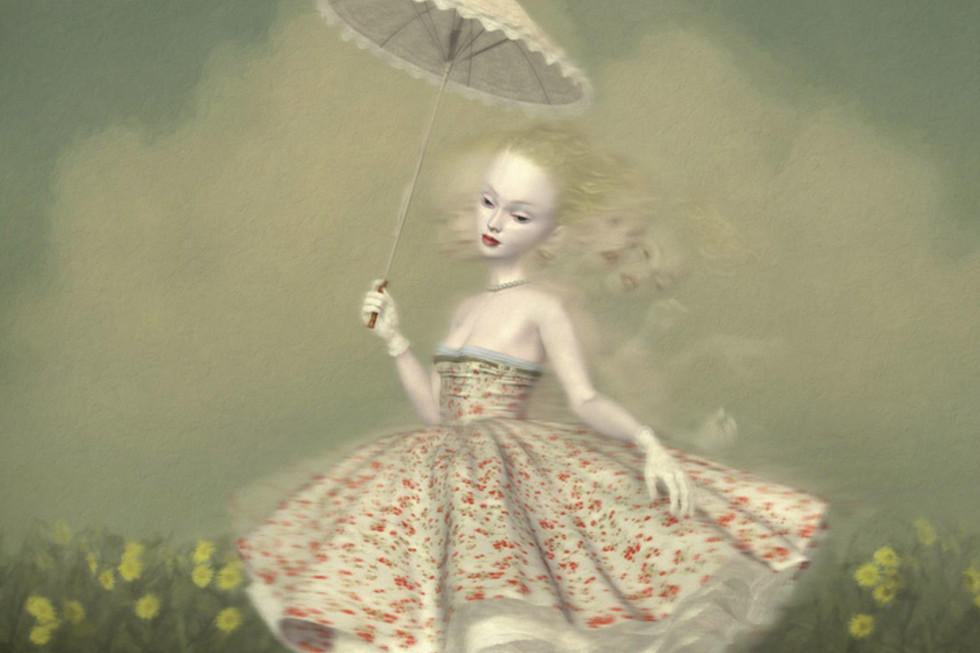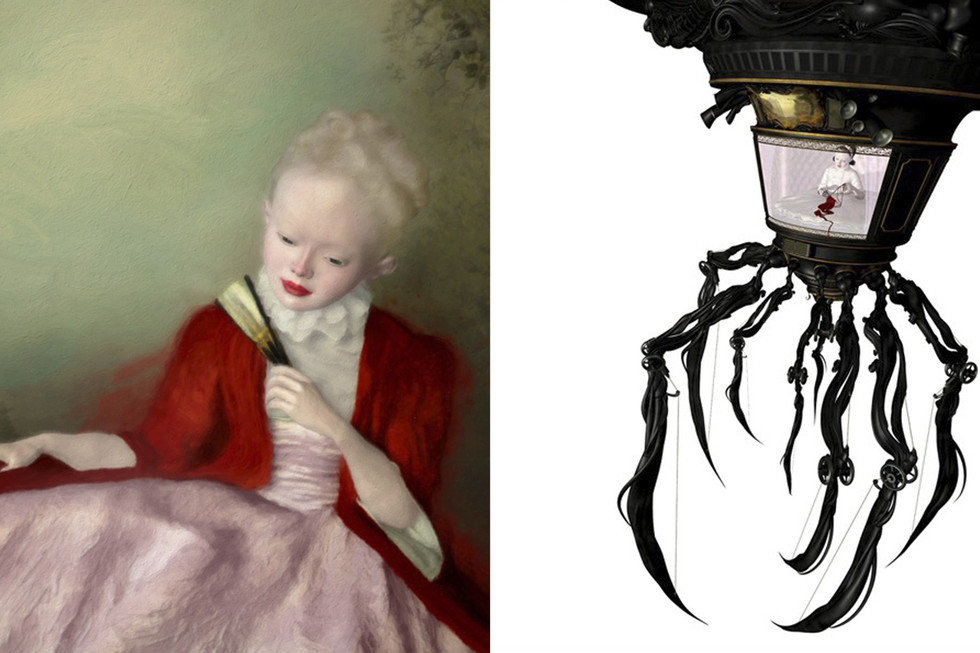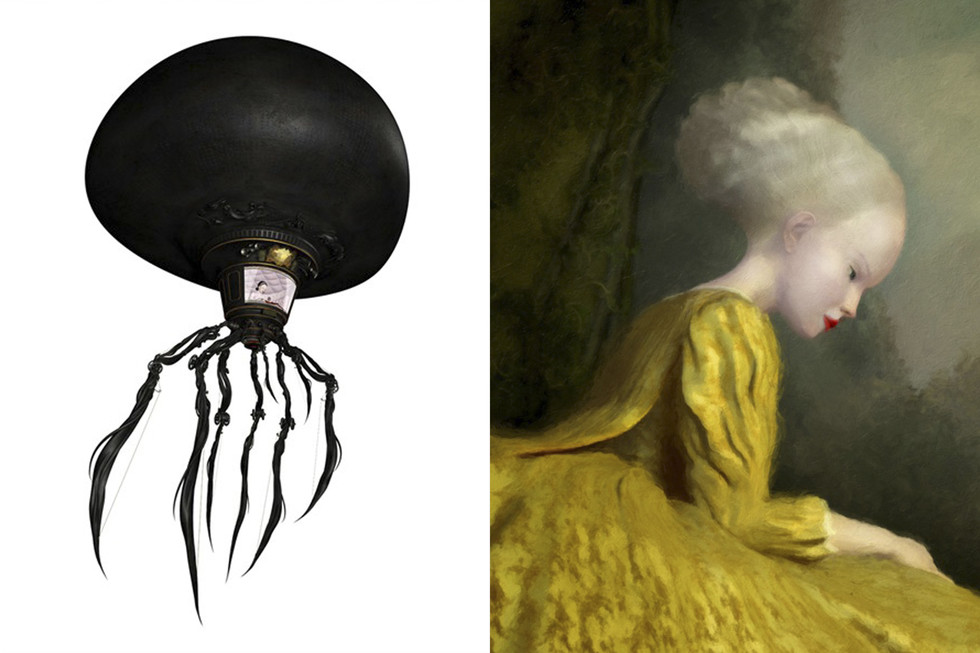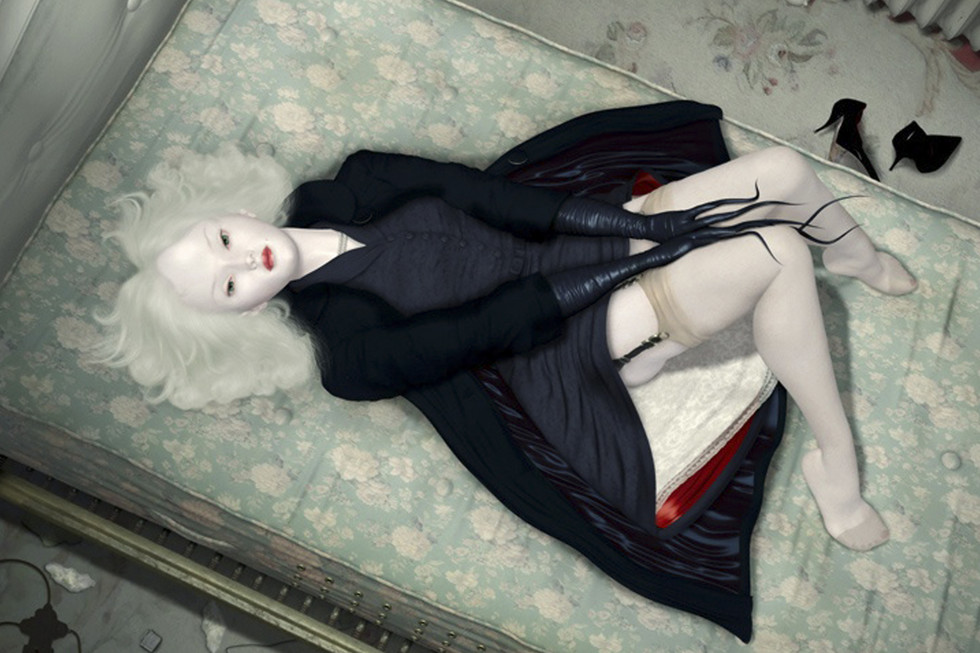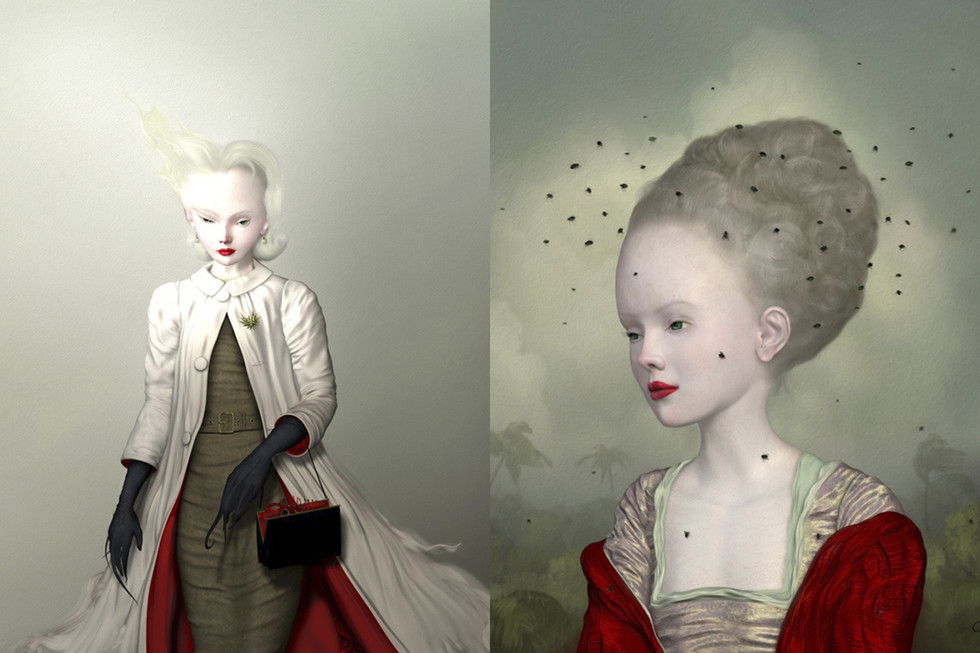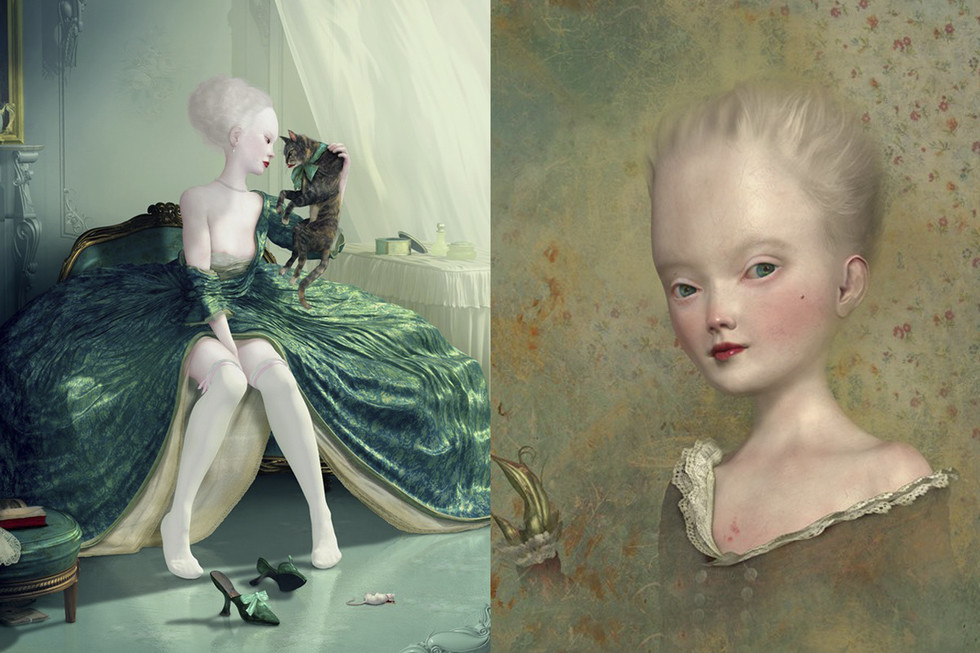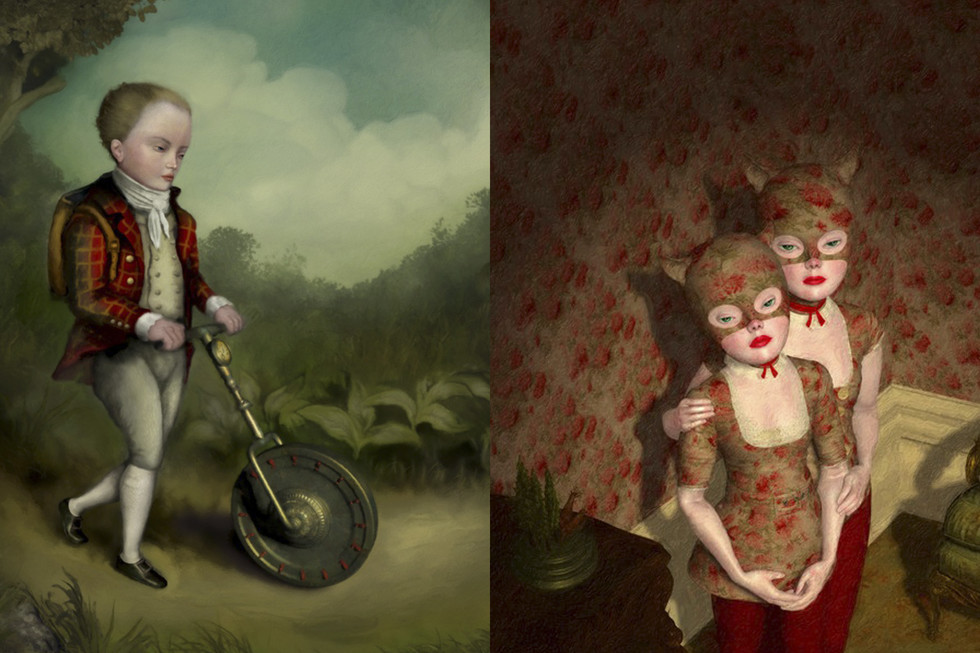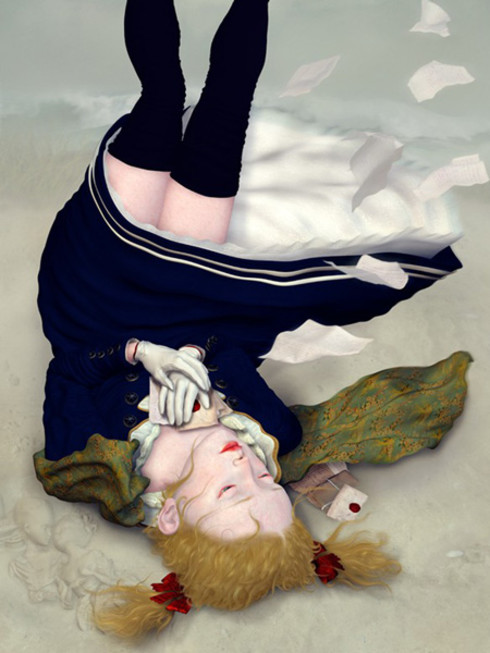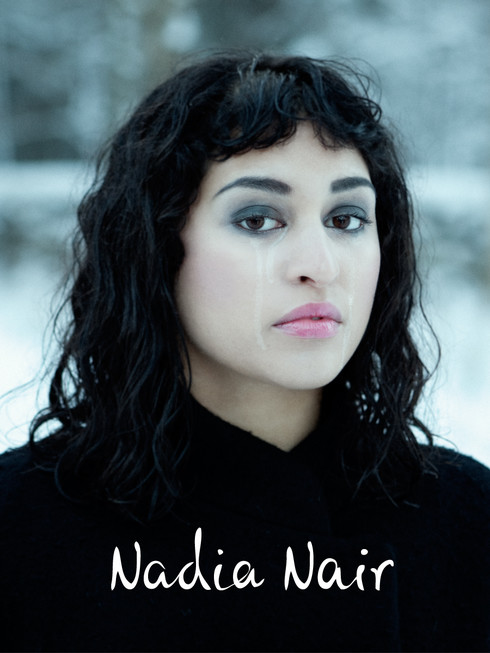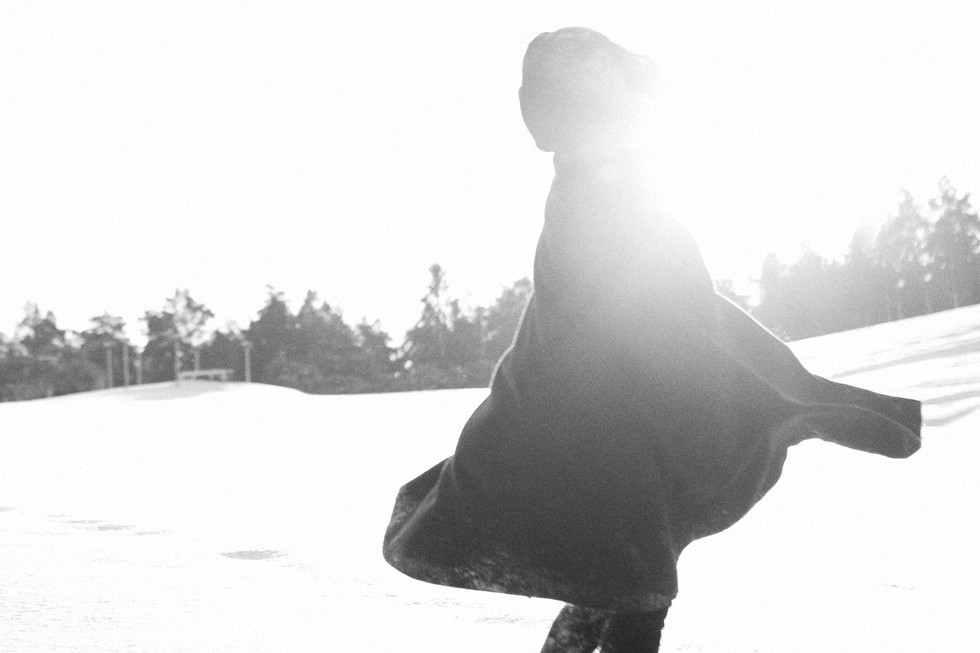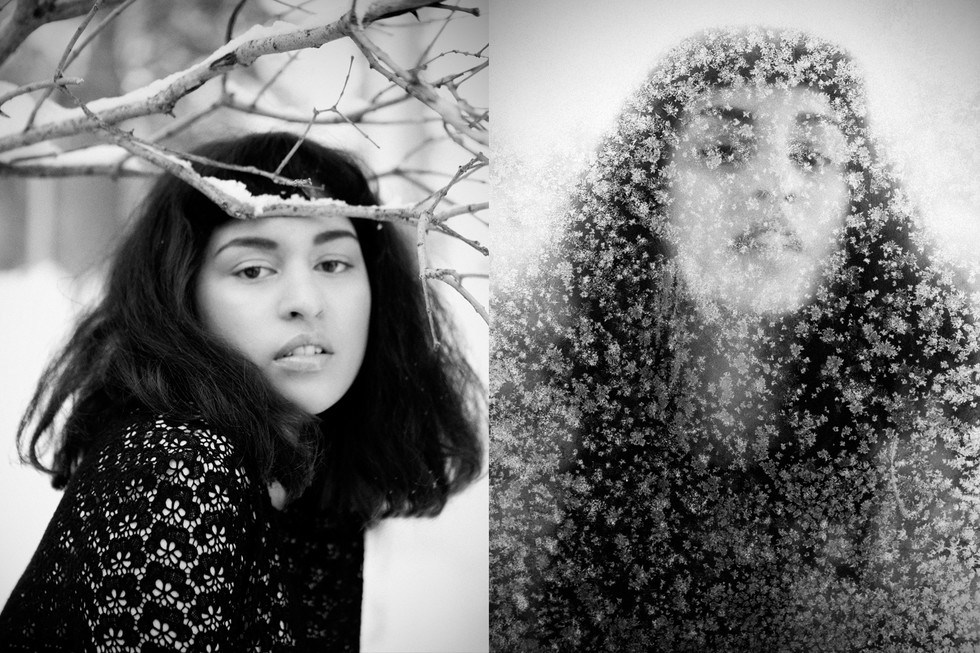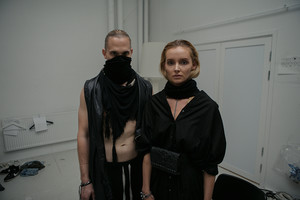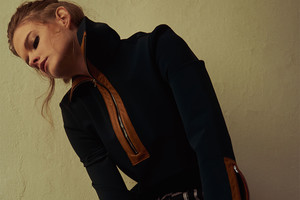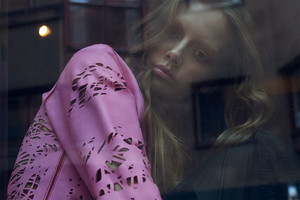An interview with Vibe Johansson
Written by Michaela WidergrenVibe Johansson stands for unique and well tailored design, mixing modern, minimalistic influences with dramatic couture draping.
She is a producer of style, not trends.
During Copenhagen Fashion Week I had the chance to swing by her AW13 launch reception, held at (according to Vibe) one of the most unique stores in Denmark, &Pagne.
At the party her creations were shown on manikins, as structured sculptures accompanied with a video projected on the wall, showing the all-in-black collection.
Tell me about your aesthetics…
My aesthetics are quite simplistic and minimal. I prefer to work with shapes and forms and not so much colors and prints. I don’t like too many clear references, and try to avoid retrospective influences; I am not nostalgic whatsoever. I always search for new impressions and expressions. I have other creative outputs besides clothing, for example painting and writing, and the aesthetics goal is always the same.
What is the most important and essential on your design?
As cliché as it may sound, my goal design-wise is simply to create garments that are original and aesthetically beautiful at the same time.
What about the constructing part, how do you start?
It all begins with the construction for me. I experiment a lot with my fabrics, before deciding in which direction I want to take the new collection. It all depends on the shapes and drape of fabrics, and I start the design process only later.
Usually I start out with a large square piece of fabric, and modify and mould it on the mannequin for days, until I am happy with it. I have never outsourced the construction part of a single pattern.
How is the climate for avant-garde fashion in Copenhagen?
The climate for avant-garde designers in Copenhagen is ok; There is a good selection of very interesting smaller labels, and they do get some exposure during the fashion weeks here, but overall Copenhagen as a fashion city is quite commercial and people are focused on latest trends more than personalizing their looks. Therefore lots of smaller labels are more focused on foreign markets, as I am myself, with Asia being my biggest market. Also I wish that the fashion scene in Copenhagen could merge more with the music and art-scene as for example in Berlin and London, where there seems to be a more creative environment overall. Don’t get me wrong, musicians do work closely with designers here as well, but it always seems to be with a commercial focus, too much image building and product placement for my taste, instead of collaborating towards a common aesthetics.
How do you want people to feel while wearing your garments?
I would love for people to feel comfortable and special; to give them a feeling of expressing themselves without “playing dress up”. I want to create clothes that are worn, and not left hanging in the closet because they demand too much of people.
Please tell me about a regular day in your life…
My daily life has changed dramatically after having my baby girl. Everything revolves around her at the moment, but I have a supportive husband and family, and try to find time to work as well, mostly during the evenings after I put her to sleep. Ask me again in a year.
Since you recently became a mother, have the new emotions and experiences changed your design in any way?
Becoming a mother is a life changing experience – and I did expect it to have an effect on my work process; as it turns out, I have become more efficient - as a baby takes a lot of work! Before she came along I spent a lot of time inside my head, contemplating every small decision for a long time. Now I find myself moving over aesthetic obstacles in a more relaxed way instead of over-thinking every detail. This has proven to be a welcome change and the feedback for the new collection has been the best ever.
Do you have any role models within fashion?
I admire people who have succeeded in creative industries on their own and without compromise. It can be very tough and takes years of hard work and patience before people start to recognize your work, and to actually make a living. Contrary to some beliefs, fashion is not always a glamorous industry. I recently read an interview with Rick Owens, where he stated that his company is a labor of love, that wouldn’t be of any interest to investors set out to make money. I have realized this myself over the past few years, being involved with an investor myself from 2009-2010. It ended badly as they were interested only in a quick return of investment and tried to make me compromise my creative long term vision. I was suspended from the label for a short time, but bought back the rights to my name in 2011, which was a huge relief. Since then I have been very determined to make it without the help of banks and investors.
Creating a company I can be proud of in the future is my main goal, and to do that I need to protect the creative core values.
Something very interesting is happening at the moment for other creative industries, where artists, musicians and creative entrepreneurs are using alternative funding methods for their projects, like Kickstarter and Indiegogo, leaving them 100% independent and in charge of their products. I would love to see this rub off on the fashion industry as well. The most beautiful things are created when people work with a passion instead of working to make a living.
What kind of clothes would we find in your closet? Which are your favorite ready to wear brands/designers?
I never wear color. It has not been a conscious choice it just happened that way over time. I am more comfortable in black. I never choose items based solely on the brand name. Fabric, quality and fit are more important, but I generally love everything from designers such as Haider Ackermann, Limi Feu and Barbara I Gongini. And I am the first to check out the new collections from large fashion houses like Lanvin, Comme des Garçons and Balenciaga as soon as they are online.
Is there any type of garment that you would never wear? If yes, what and why?
I feel incredibly uncomfortable in too girly clothes and would never be caught dead in bohemian!
Can you tell us about the future? What is next for Vibe Johansson?
The future looks very exciting at the moment; I have recently been selected by the EU Gateway Business Mission Japan, to participate in an exhibition and runway show in Tokyo in March. I am expecting it to be an awesome trip! Things are generally looking very good in Asia, and I feel like that is a market I need to explore even further; which means a lot of traveling plans for the coming year. Also, I am currently looking for a new location for my workshop and showroom in Copenhagen, and planning a restructuring of the company, giving me even more time to focus on what is important – creative growth. In general I feel very optimistic.


